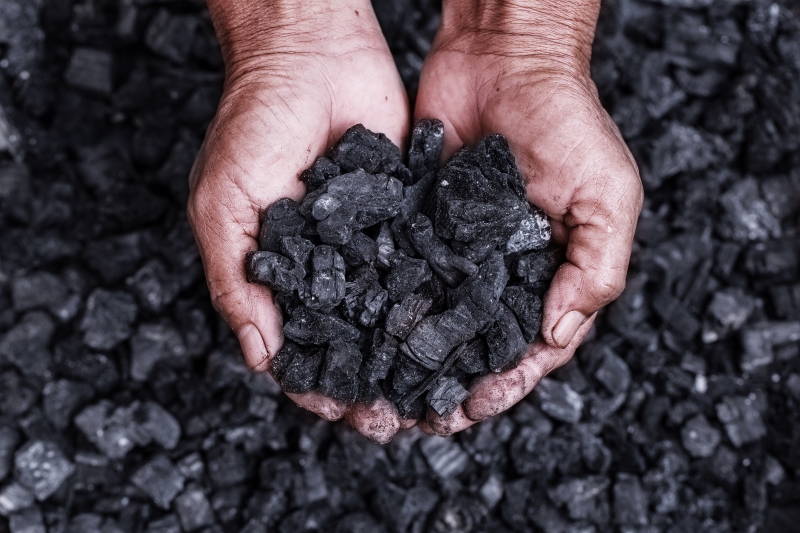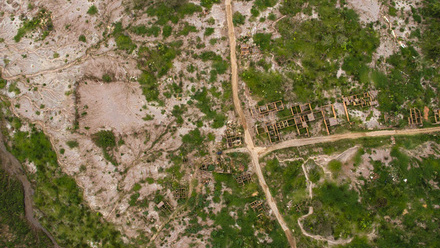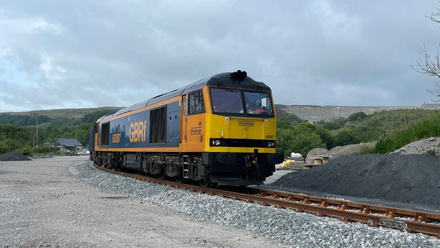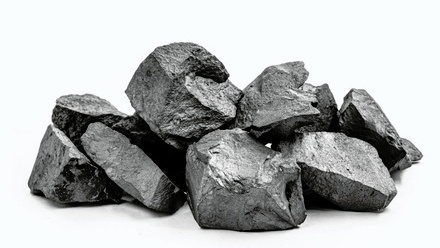Disaster risk highlighted in multi-seam coal mining
Chinese researchers have assessed disaster risk caused by the failure and instability of a residual coal pillar in mining.

The researchers, led by Tsinghua University, report results in Monitoring and evaluation of disaster risk caused by linkage failure and instability of residual coal pillar and rock strata in multi-coal seam mining in Geohazard Mechanics. Their findings reveal:
- The coal pillar will not only cause disaster in single-seam mining, but also more easily cause disaster in multi-seam mining. The instability of coal pillars can cause not only disasters such as rock falls and mine earthquakes, but also cause surface subsidence.
- When monitoring the linkage instability of residual coal pillar rock strata, it is not only necessary to consider monitoring of the apply load body (key block), the transition body (residual coal pillar) and the carrier body (interlayer rock and working face), but also to strengthen monitoring of the fracture development height (linkage body).
- According to the principles of objectivity, easy access and quantification, combined with investigation, analysis, and production and geological characteristics of this mining area, the main evaluation indexes of the degree of disaster that might be are determined as: microseismic energy, residual coal pillar damage degree and fracture development height
- The fuzzy comprehensive evaluation method was used to calculate that the disaster risk degree in the studied mine belongs to class III, medium risk level. The corresponding pressure relief technology was adopted onsite, which achieved a good control effect, and also verified the accuracy and effectiveness of the risk evaluation results.
The paper aims to provide a reference for evaluauting disaster risk caused by linkage instability of residual coal pillar-rock strata in multi-seam mining.
However, the selection of evaluation indexes is not comprehensive.
The authors state the evaluation index system should be improved based on increasing field engineering research and practice.
The researchers also provide a reference for residual coal pillar rock stability and risk evaluation after CO2 injection in closed or abandoned mines, with adjustments made based on the production and geological conditions of the mine.







